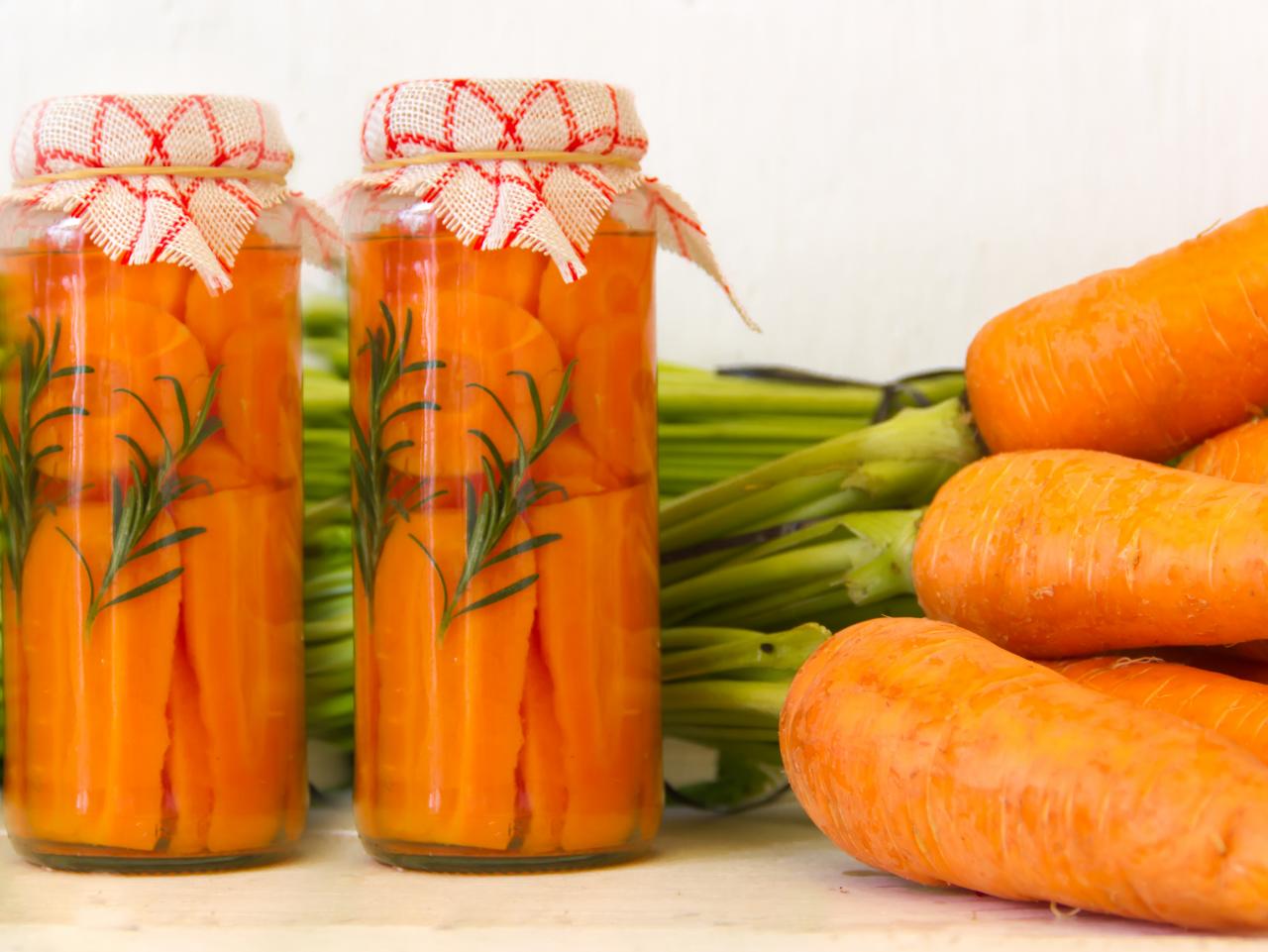

Articles
How To Store Fresh Garden Carrots
Modified: February 23, 2024
Learn the best methods to store fresh garden carrots and keep them crisp and flavorful. Discover helpful tips and tricks in this informative articles.
(Many of the links in this article redirect to a specific reviewed product. Your purchase of these products through affiliate links helps to generate commission for Storables.com, at no extra cost. Learn more)
Introduction
Welcome to our guide on how to store fresh garden carrots! Carrots are a versatile and nutritious vegetable that can be enjoyed in a variety of dishes. Whether you grow your own carrots or purchase them from a local farmer’s market, knowing how to properly store them will help ensure their freshness and extend their shelf life.
Proper carrot storage is essential to maintain their texture, flavor, and nutritional value. When stored correctly, carrots can last for several weeks or even months, allowing you to enjoy their delicious taste long after harvest.
In this article, we will walk you through the steps for harvesting carrots, preparing them for storage, and choosing the best storage method based on your needs. We will cover storing carrots in the refrigerator, cellar or root cellar, and freezer. Additionally, we will provide tips on maintaining carrot freshness and offer suggestions for using stored carrots in a variety of recipes.
So, if you want to make the most of your garden harvest or ensure that your store-bought carrots stay fresh for as long as possible, read on to learn the best practices for storing fresh garden carrots!
Key Takeaways:
- Properly storing fresh garden carrots is essential for maintaining their flavor, texture, and nutritional value. Whether from your garden or local source, follow the right steps for longer-lasting, delicious carrots.
- From roasted carrots to pickled carrots, the versatility of this vibrant vegetable offers a wide range of culinary possibilities. Get creative and enjoy the bounty of flavors and nutrients that stored carrots have to offer.
Read more: How To Store Freshly Harvested Carrots
Importance of Proper Carrot Storage
Properly storing carrots is crucial to maintain their quality, flavor, and nutritional value. Carrots are a root vegetable that contains a significant amount of water, which makes them susceptible to spoilage and dehydration if not stored correctly.
By storing carrots properly, you can extend their shelf life and preserve their freshness. This means you can enjoy the taste and nutritional benefits of carrots long after harvest, whether you’ve grown them in your garden or purchased them from a local source.
Carrots are packed with essential nutrients such as vitamins A, K, and C, as well as dietary fiber and antioxidants. These nutrients contribute to healthy eyesight, immune system support, and overall well-being. However, improper storage can lead to nutrient loss, diminishing the health benefits of consuming carrots.
Additionally, good storage practices can help prevent spoilage and waste. When carrots are stored in an optimal environment, they are less likely to rot or go bad quickly, reducing the need for frequent grocery store trips or garden harvests.
Furthermore, storing carrots properly can save you money. Instead of constantly buying fresh carrots, you can stock up when they’re in season or on sale and store them for future use. This not only maximizes your budget but also allows you to have carrots readily available for cooking and snacking.
Overall, understanding the importance of proper carrot storage is essential for anyone who wants to enjoy fresh, flavorful, and nutritious carrots year-round. Now, let’s delve into the steps for harvesting and preparing carrots for storage so you can make the most of this delicious vegetable!
Harvesting Carrots
Harvesting carrots at the right time is crucial for optimal storage. Carrots are typically ready for harvest when the roots have reached a mature size and vibrant color. Here are some steps to follow when harvesting carrots:
- Check for maturity: Carrots are usually ready for harvest 60-70 days after sowing. To check if they are mature, gently brush away some soil from the top of the carrot and evaluate its size and color. Mature carrots should be around 1 inch in diameter and have a bright color.
- Loosen the soil: Before harvesting, water the carrot bed to soften the soil. Use a garden fork or shovel to gently loosen the soil around the carrots, being careful not to damage the roots.
- Gently pull: Grasp the carrot tops near the crown and carefully pull upward with a twisting motion. Avoid yanking or pulling too forcefully, as this can break the carrots.
- Remove excess foliage: Once the carrots are out of the ground, trim off the foliage, leaving about an inch of the green tops. This helps to reduce moisture loss and prevent rotting during storage.
- Clean the carrots: Remove any excess soil clinging to the carrots, but avoid washing them at this stage, as excess moisture can cause spoilage. Instead, gently brush off any dirt or debris using a soft brush or cloth.
It’s important to note that carrots continue to grow as long as they remain in the ground, but leaving them too long can result in oversized, woody roots. Regularly check on your carrot crop to ensure you harvest them at the right time for optimal taste and texture.
Now that you’ve successfully harvested your carrots, let’s move on to the next step: preparing them for storage.
Preparing Carrots for Storage
Properly preparing carrots for storage is essential to maintain their freshness and quality. Follow these steps to prepare your freshly harvested or store-bought carrots:
- Remove the greens: Start by removing the green tops from the carrots. While the greens are edible, they tend to draw moisture from the roots, causing them to lose freshness quickly. Trim the greens, leaving about an inch of the stem attached to the carrot.
- Inspect for damage: Carefully examine each carrot for any signs of damage or disease. Remove any carrots that show signs of rot, pest damage, or diseases to prevent them from spoiling the rest of the batch.
- Gently wash and dry: Rinse the carrots under cool running water to remove any dirt or debris. Use a soft brush or cloth to gently scrub the surface if necessary. Allow the carrots to air dry completely before proceeding to the next step.
- Trim the ends: Trim both ends of the carrots with a sharp knife. This step helps to remove any damaged or bruised areas and creates a fresh surface for better storage.
- Sort by size: Separate the carrots into different size categories. This step is helpful if you want to use them for specific purposes later on. Smaller carrots are great for snacking, while larger ones are ideal for roasting or chopping into dishes.
- Choose the right storage method: Consider the storage options available to you, such as refrigeration, cellar/root cellar storage, or freezer storage. The choice will depend on the quantity of carrots, the available storage space, and how long you intend to store them.
By properly preparing your carrots for storage, you can ensure their longevity and preserve their flavor and quality. Now that you know how to prepare carrots, it’s time to explore the various storage methods available.
Choosing the Right Storage Method
When it comes to storing carrots, choosing the right method is crucial for maintaining their freshness and extending their shelf life. Here are the main storage methods to consider:
- Refrigeration: Storing carrots in the refrigerator is a popular and convenient option. Place the prepared carrots in a perforated plastic bag or a shallow container lined with damp paper towels to maintain their moisture. Carrots can typically last for up to 2 to 4 weeks in the refrigerator.
- Cellar or Root cellar: If you have access to a cool and dark cellar or root cellar, this storage option is ideal for long-term preservation. Carrots should be stored in boxes or bins filled with slightly damp sand, sawdust, or peat moss to provide the necessary moisture. Make sure to check regularly for any signs of spoilage or decay.
- Freezer: Freezing carrots is an excellent way to preserve them for an extended period. Start by blanching the prepared carrots in boiling water for a few minutes, then plunge them into an ice bath to stop the cooking process. Pat them dry and transfer them to freezer-safe containers or bags. Frozen carrots can last up to 12 months.
When choosing the storage method, consider factors such as the quantity of carrots you have, the available storage space, and how long you intend to store them. Refrigeration is suitable for short-term storage, while cellar storage and freezing are ideal for longer-term preservation.
Regardless of the storage method, it’s important to regularly inspect your stored carrots for any signs of spoilage or decay. Remove any carrots that are soft, moldy, or have a foul odor to prevent them from affecting the rest of the batch.
Now that you have a good understanding of the various storage methods, let’s explore the specifics of storing carrots in the refrigerator, cellar, or freezer.
Read more: How To Store Fresh Carrot Juice
Storing Carrots in the Refrigerator
Refrigeration is one of the most common methods for storing carrots, as it helps to maintain their crispness and freshness. Here’s how to store carrots in the refrigerator:
- Prepare the carrots: Ensure that the carrots are clean, dry, and free from any damage or rot. Trim the greens, leaving about an inch of the stem attached to the carrot. Sorting the carrots by size can also be helpful for easier access later on.
- Perforated plastic bag or container: Place the prepared carrots in a perforated plastic bag or a shallow container lined with damp paper towels. The perforations allow air circulation, helping to prevent moisture buildup and prolonging the freshness of the carrots. The damp paper towels provide the right level of humidity to keep the carrots from drying out.
- Adjust refrigerator temperature: Set your refrigerator temperature to around 32°F to 40°F (0°C to 4°C). This cool temperature helps to slow down the deterioration process, keeping the carrots crisp and flavorful. Ensure that the carrots are kept away from other ethylene-producing fruits and vegetables, as ethylene can accelerate the spoilage of carrots.
- Regularly check for freshness: Periodically check your stored carrots for any signs of spoilage. Remove any carrots that are soft, moldy, or have an unpleasant odor. By doing this, you can prevent the spread of rot and maintain the freshness of the remaining carrots.
When stored properly in the refrigerator, carrots can typically last between 2 to 4 weeks. However, keep in mind that the texture and flavor of carrots may gradually deteriorate over time. It’s best to consume them within the first few weeks for the best taste and quality.
Now that you know how to store carrots in the refrigerator, let’s move on to another storage option: storing carrots in the cellar or root cellar.
Store fresh garden carrots in the refrigerator in a perforated plastic bag to maintain moisture and prevent wilting. Remove the green tops before storing to prolong freshness.
Storing Carrots in the Cellar or Root Cellar
If you have access to a cool and dark cellar or root cellar, storing carrots in this environment can provide excellent conditions for long-term storage. Here’s how to store carrots in a cellar or root cellar:
- Prep the storage area: Ensure that the cellar or root cellar is clean, well-ventilated, and free from excess moisture. The ideal storage temperature for carrots in a cellar is between 32°F to 40°F (0°C to 4°C), with a relative humidity of around 90%. However, aim to provide stable conditions rather than drastic fluctuations in temperature or humidity.
- Prepare the carrots: Gently brush off any excess soil from the carrots, but avoid washing them. Trimming the greens to about an inch in length helps prevent moisture loss and maintains the freshness of the roots.
- Storage containers: Choose storage containers such as wooden boxes, plastic bins, or crates that are breathable and allow air circulation. Line the containers with slightly damp sand, sawdust, or peat moss to create a moist environment around the carrots.
- Arrange the carrots: Place the prepared carrots in the containers, making sure they are not touching each other. Cover the carrots with additional damp sand, sawdust, or peat moss, ensuring they are fully surrounded for optimal moisture retention.
- Regularly check for spoilage: Regularly inspect the stored carrots for any signs of spoilage or decay. Remove any carrots that appear soft, moldy, or have an off-putting odor, as they can affect the quality of the remaining carrots.
Stored in these ideal cellar or root cellar conditions, carrots can last several months, providing a steady supply of fresh and flavorful vegetables throughout the winter months. However, it’s essential to check on the carrots regularly and consume them in a timely manner to prevent any potential spoilage.
Now that you’ve learned how to store carrots in a cellar or root cellar, let’s explore another option: freezing carrots for long-term preservation.
Storing Carrots in the Freezer
Freezing carrots is an excellent option for long-term storage, allowing you to enjoy their freshness and nutritional value even months after harvest. Here’s how to properly freeze carrots:
- Prepare the carrots: Start by washing and peeling the carrots. Cut them into desired shapes, such as slices, sticks, or diced. Blanching the carrots before freezing helps to retain their texture, color, and nutrients. Bring a pot of water to a boil and blanch the cut carrots for 2 to 3 minutes.
- Cool down: After blanching, immediately transfer the carrots to an ice bath to stop the cooking process. This step helps to preserve their crispness. Once the carrots are cool, drain them thoroughly and pat them dry with a clean kitchen towel or paper towels.
- Freezer-safe packaging: Place the blanched and dried carrots into freezer-safe containers or bags. Squeeze out any excess air from the bags before sealing to prevent freezer burn. Alternatively, vacuum-sealing is another option to maintain the best quality.
- Label and date: Remember to label the packaging with the date and contents to ensure you know when they were frozen. This information helps you keep track of their freshness and allows you to consume the oldest carrots first.
- Freeze: Place the packaged carrots in the freezer, making sure they are stored in a single layer initially to allow for quicker freezing. Once frozen, you can stack the packages to save space.
Frozen carrots can last up to 12 months in the freezer if properly stored. However, keep in mind that the texture of the carrots may slightly change after freezing, resulting in a softer texture. They are best used in cooked dishes such as stews, soups, stir-fries, and casseroles.
Now that you know how to store carrots in the freezer, you have a convenient option for long-term preservation. Whether you freeze them for future recipes or to enjoy carrots out of season, this method allows you to have carrots readily available whenever you need them.
With the various storage methods covered, let’s move on to some general tips for maintaining carrot freshness, regardless of the storage method you choose.
Tips for Maintaining Carrot Freshness
To ensure the freshness and quality of your stored carrots, consider the following tips:
- Handle with care: Carrots can be delicate, so handle them gently to prevent bruising or damage, which can expedite spoilage.
- Store unwashed: Avoid washing the carrots before storage, as excess moisture can lead to rotting. Only wash them right before use.
- Remove damaged carrots: Regularly check your stored carrots for any signs of damage, mold, or rot. Remove any affected carrots immediately to prevent them from affecting the rest.
- Check for humidity: Ensure that the storage environment provides the appropriate humidity for the chosen storage method. Carrots should be stored in slightly damp conditions to prevent drying out.
- Monitor temperature: Keep an eye on the temperature of the storage location. Whether it’s the refrigerator, cellar, or freezer, maintaining the proper temperature range is crucial for optimal carrot storage.
- Rotate your stock: When using stored carrots, make sure to retrieve the oldest ones first to prevent them from being forgotten and going bad. Rotate your stock to ensure freshness.
- Use proper containers: Choose storage containers that are breathable, moisture-resistant, and suitable for the chosen storage method. Perforated plastic bags, shallow containers, or freezer-safe bags are often ideal choices.
Following these tips will help maintain the freshness, flavor, and nutritional value of your stored carrots. Whether you’re storing them in the refrigerator, cellar, or freezer, implementing these practices will ensure you have a steady supply of delicious carrots for an extended period.
Now that you know how to keep your carrots fresh, let’s explore various ways to utilize your stored carrots in a variety of dishes.
Read more: How To Store Fresh Herbs From Garden
Using Stored Carrots
Having a stock of stored carrots opens up a world of culinary possibilities. Here are some creative and delicious ways to use your stored carrots:
- Roasted carrots: Toss sliced carrots with olive oil, salt, and your favorite herbs or spices. Roast them in the oven until caramelized and tender. Roasted carrots make a fantastic side dish or can be used as a flavorful addition to salads and grain bowls.
- Carrot soups and purees: Blend cooked carrots with vegetable broth, seasonings, and optional ingredients like ginger or coconut milk to create creamy and comforting soups or purees.
- Carrot slaw: Grate or julienne carrots and toss them with a tangy dressing, such as lemon juice or vinegar, along with your choice of ingredients like cabbage, apples, or raisins. Carrot slaw adds a vibrant crunch to sandwiches, tacos, or as a side dish.
- Carrot muffins or cakes: Grate carrots and incorporate them into muffin or cake batters for added moisture, natural sweetness, and a nutritional boost. Carrot cake with cream cheese frosting is a classic and decadent dessert option.
- Stir-fries and stir-fry noodles: Thinly slice or julienne carrots to incorporate into stir-fries with your favorite vegetables and protein. Carrots add a pop of color, texture, and subtle sweetness to stir-fry dishes.
- Carrot dips and spreads: Blend cooked carrots with ingredients like tahini, lemon juice, garlic, and spices to create flavorful dips and spreads. Enjoy them with crackers, bread, or raw vegetables.
- Carrot juice and smoothies: Juice fresh carrots for a refreshing and nutrient-packed beverage, or blend them into smoothies with other fruits and vegetables for a delicious and healthy on-the-go option.
- Pickled carrots: Slice or julienne carrots and pickle them in a brine of vinegar, water, sugar, and spices. Pickled carrots add tang and crunch to sandwiches, salads, or charcuterie boards.
These are just a few ideas to inspire you in using your stored carrots. Get creative in the kitchen and experiment with different recipes to fully enjoy the flavors and versatility of this vibrant vegetable.
With the various ways to use your stored carrots in mind, let’s wrap up this article and summarize the key points.
Conclusion
Properly storing fresh garden carrots is essential for maintaining their flavor, texture, and nutritional value. Whether you harvest them from your own garden or purchase them from a local source, following the right steps for storage will help extend their shelf life and ensure they remain fresh and delicious for longer.
Throughout this guide, we’ve covered the importance of proper carrot storage and the steps involved in harvesting and preparing carrots for storage. We’ve explored various storage methods such as refrigeration, cellar or root cellar storage, and freezer storage. We’ve also provided tips for maintaining carrot freshness and offered creative ways to utilize stored carrots in a variety of dishes.
Remember to handle your carrots with care, remove any damaged ones, and choose the storage method that best suits your needs. Whether you store them in the refrigerator, cellar, or freezer, monitoring temperature, humidity, and regular inspections are key to preserving their quality.
From roasted carrots and soups to muffins and juice, the versatility of carrots allows you to explore a wide range of culinary possibilities. Get creative and enjoy the bounty of flavors and nutrients that carrots have to offer.
So, whether you’re looking to enjoy your garden harvest throughout the year or make the most of store-bought carrots, follow these guidelines for proper carrot storage. Embrace the freshness, taste, and nutrition that stored carrots can bring to your meals.
With the knowledge and tips shared in this guide, you’re ready to embark on your journey of storing and utilizing fresh garden carrots. So go ahead, stock up, and enjoy the goodness of carrots in your favorite recipes!
Frequently Asked Questions about How To Store Fresh Garden Carrots
Was this page helpful?
At Storables.com, we guarantee accurate and reliable information. Our content, validated by Expert Board Contributors, is crafted following stringent Editorial Policies. We're committed to providing you with well-researched, expert-backed insights for all your informational needs.
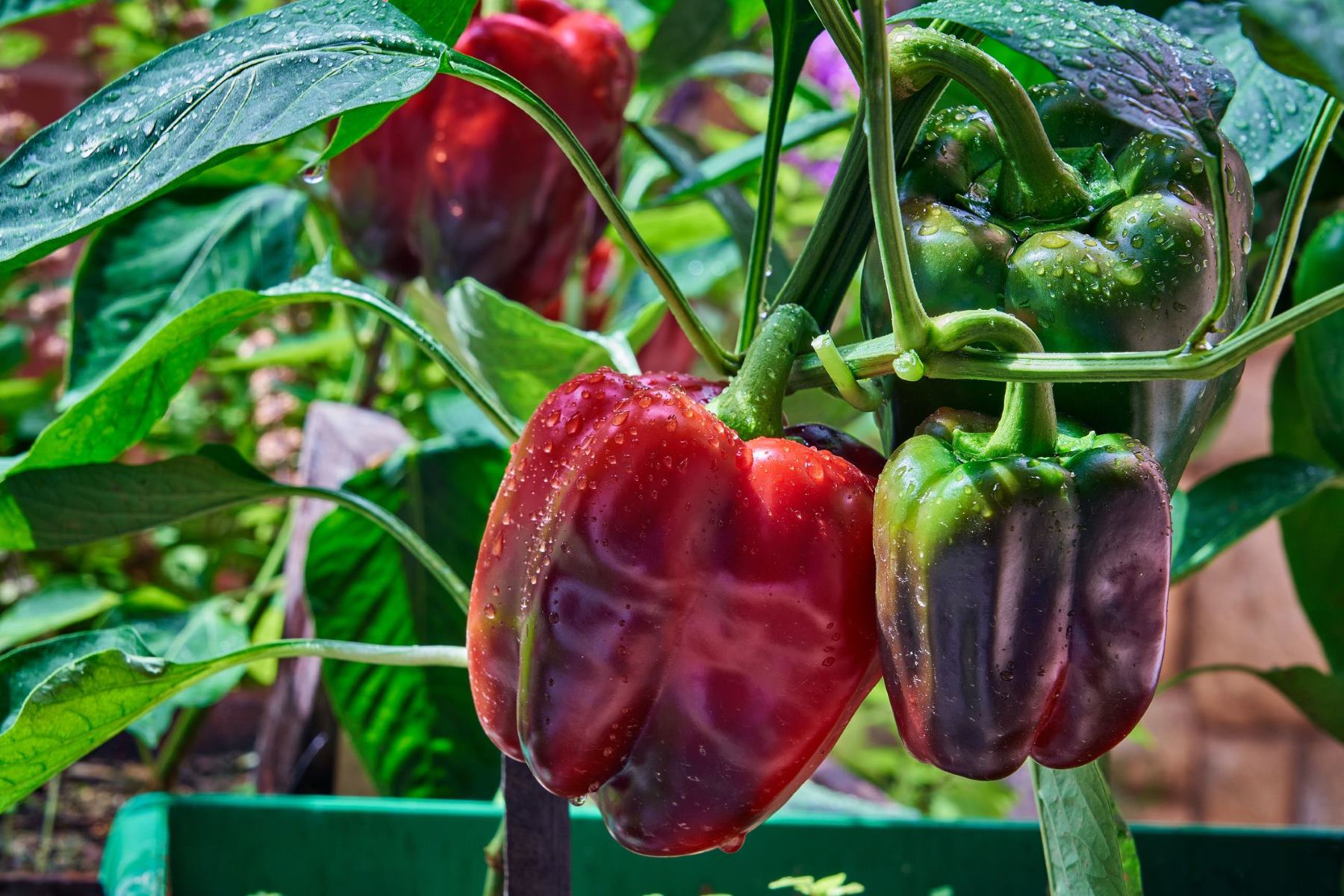
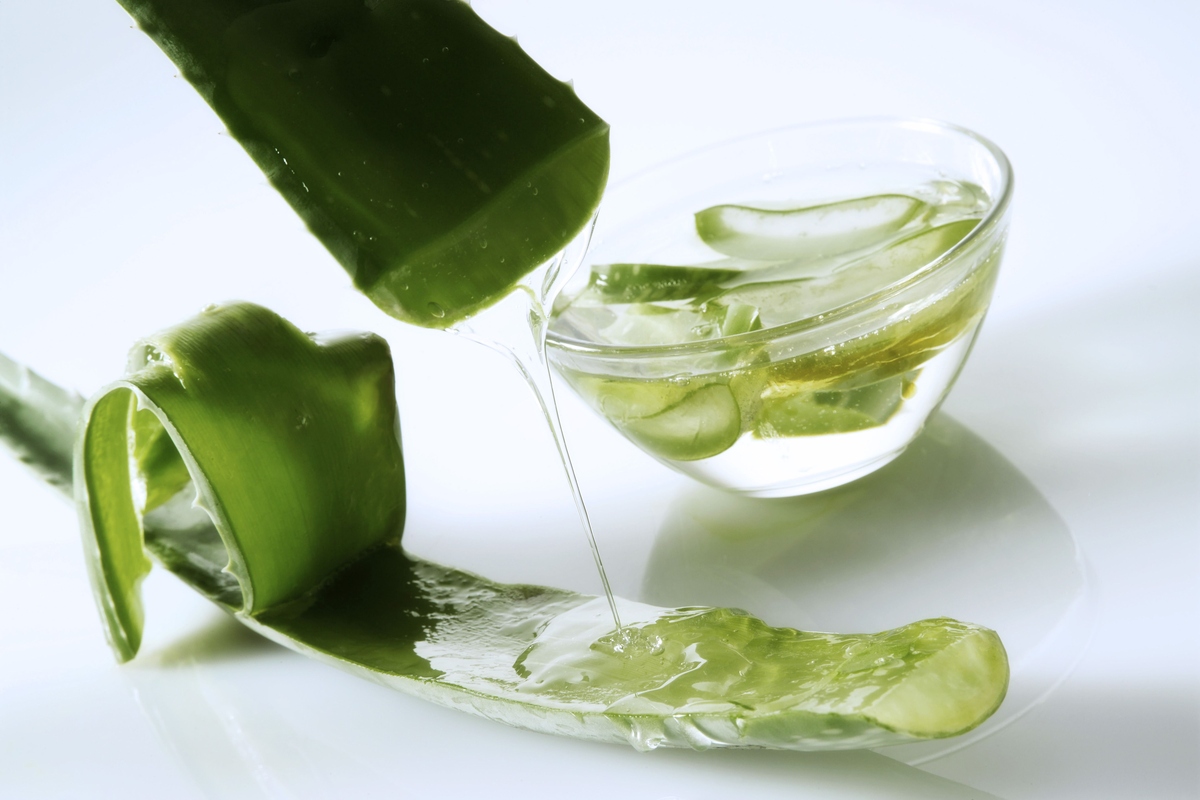
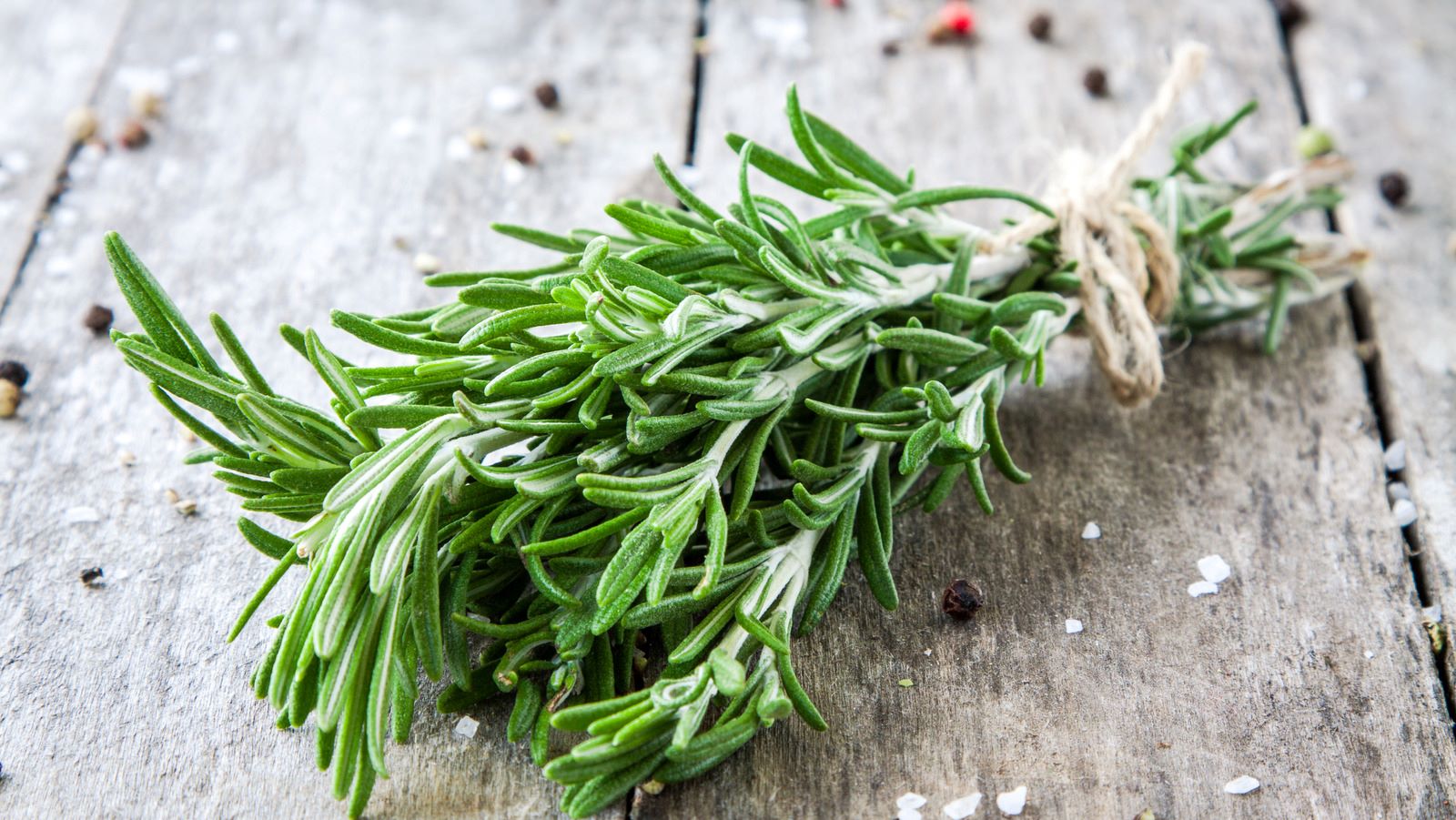

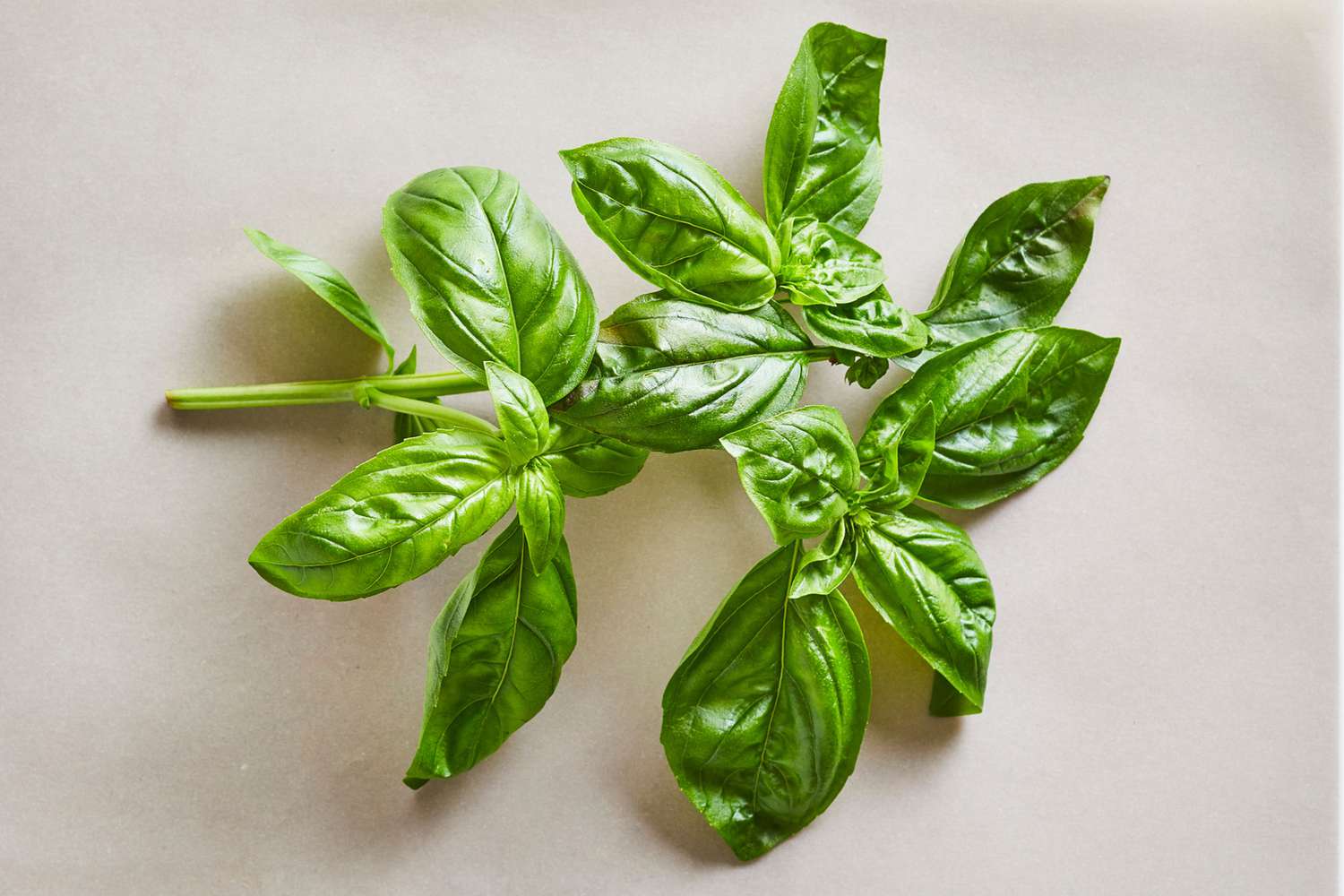
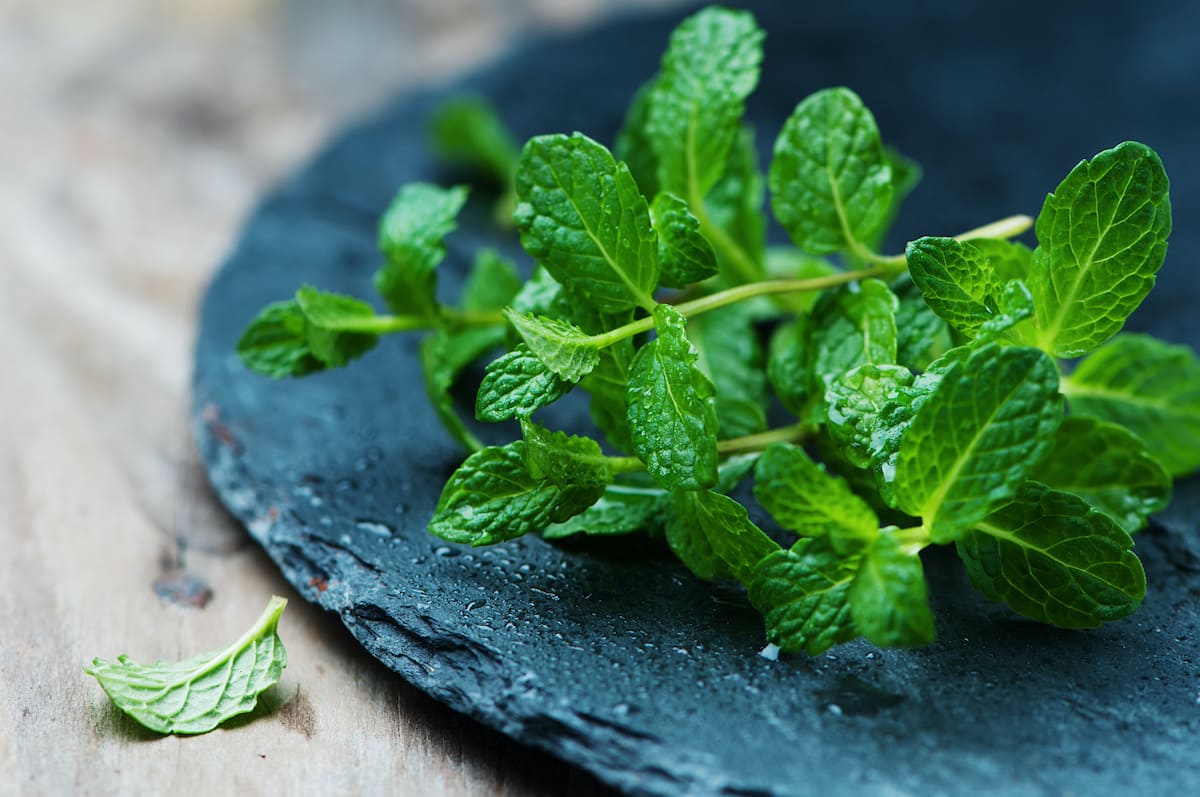
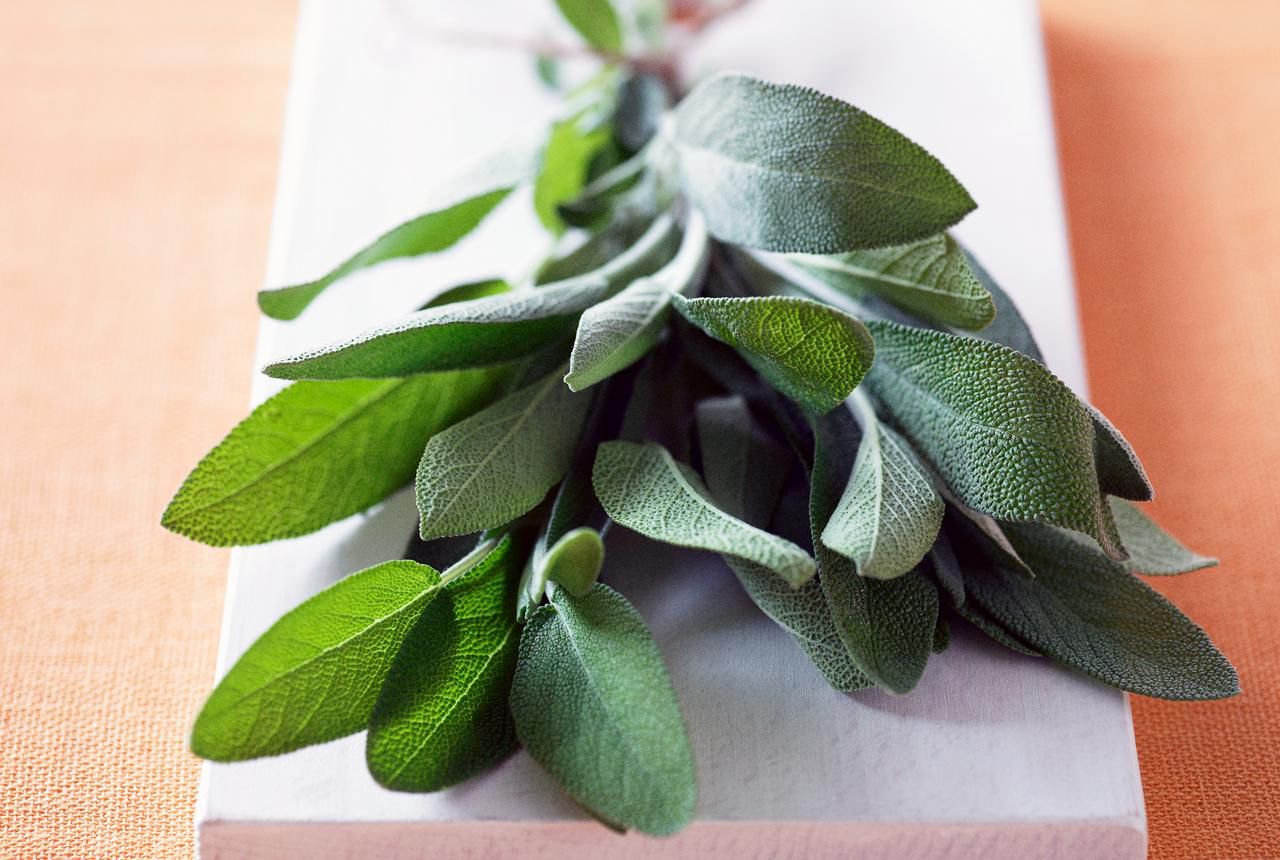
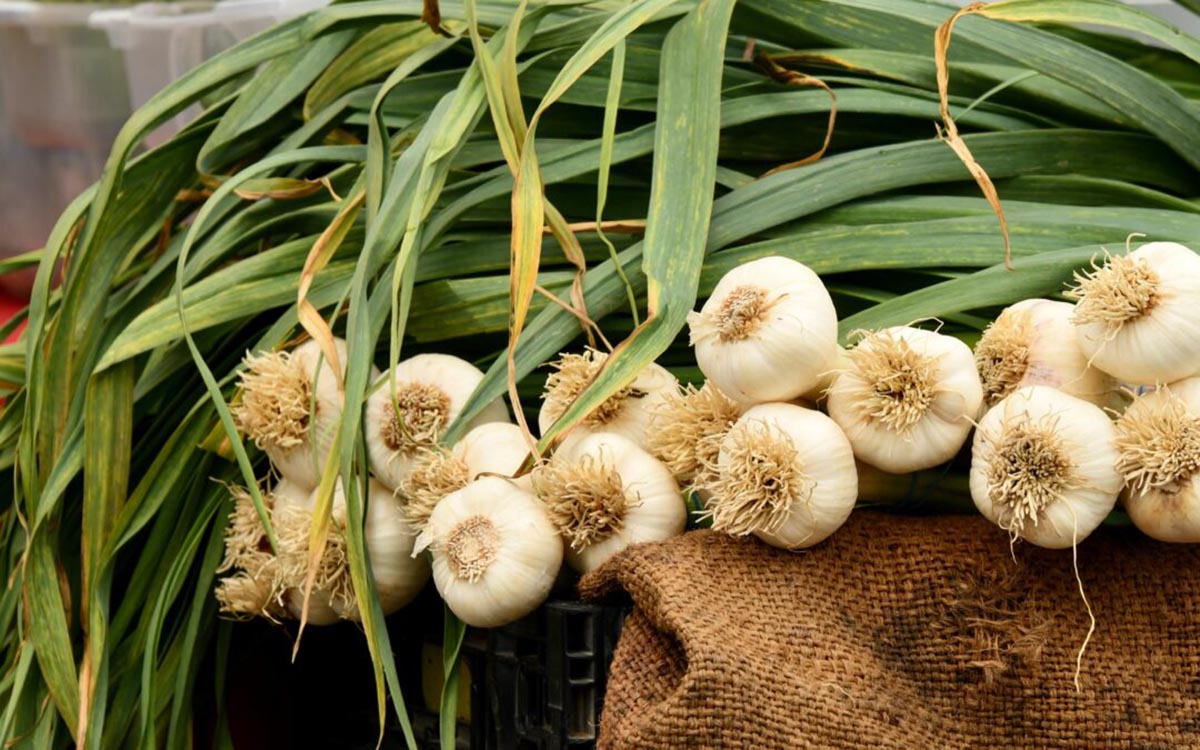
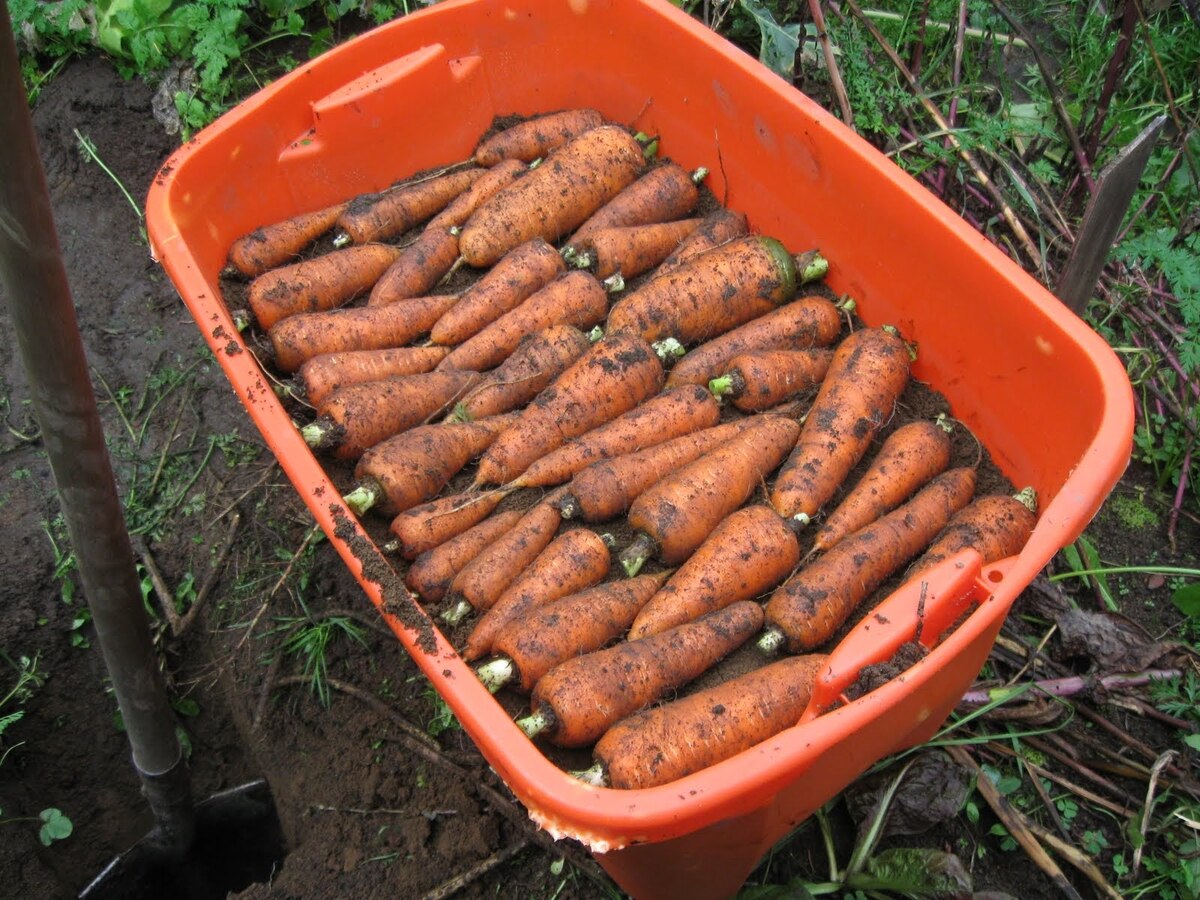
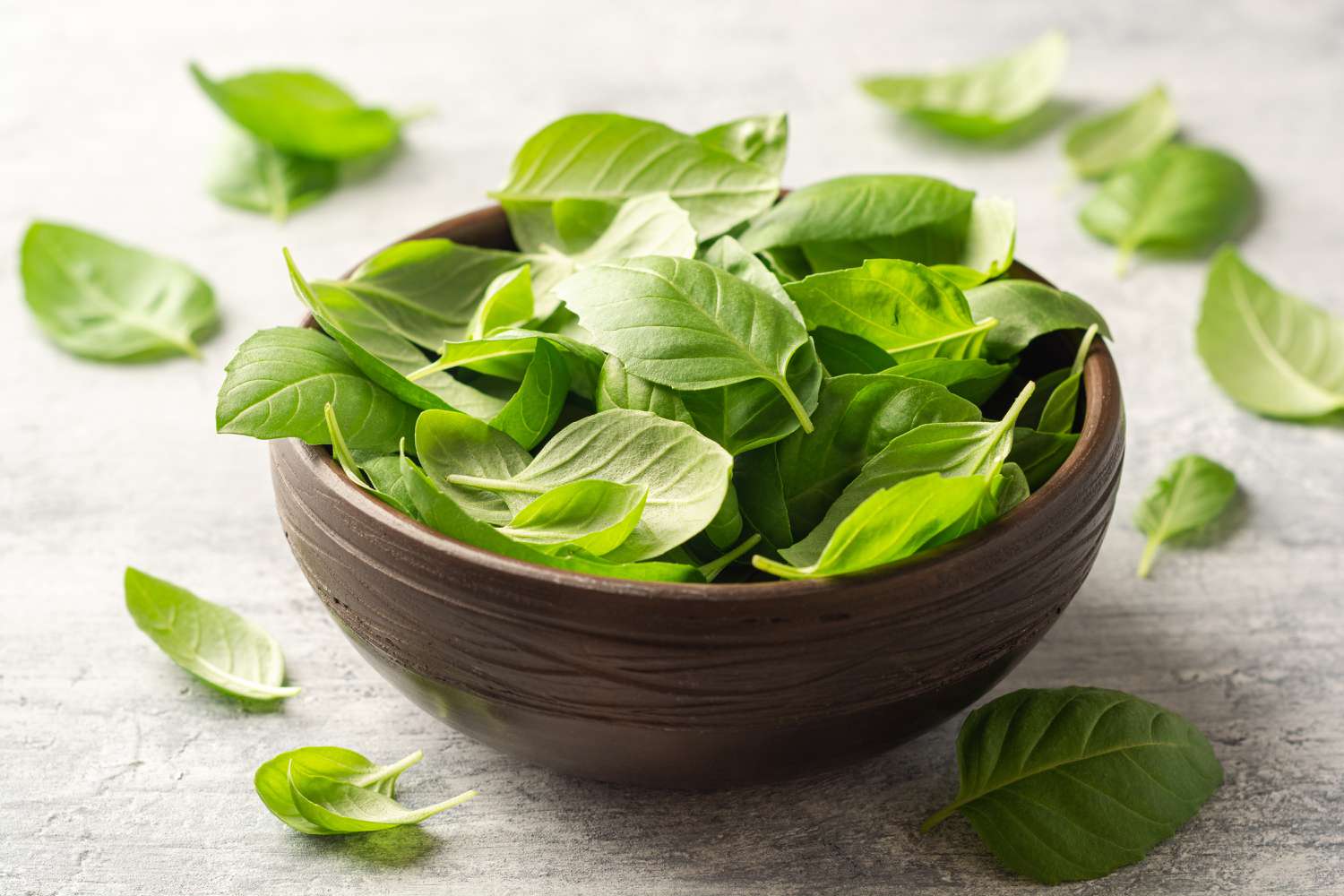
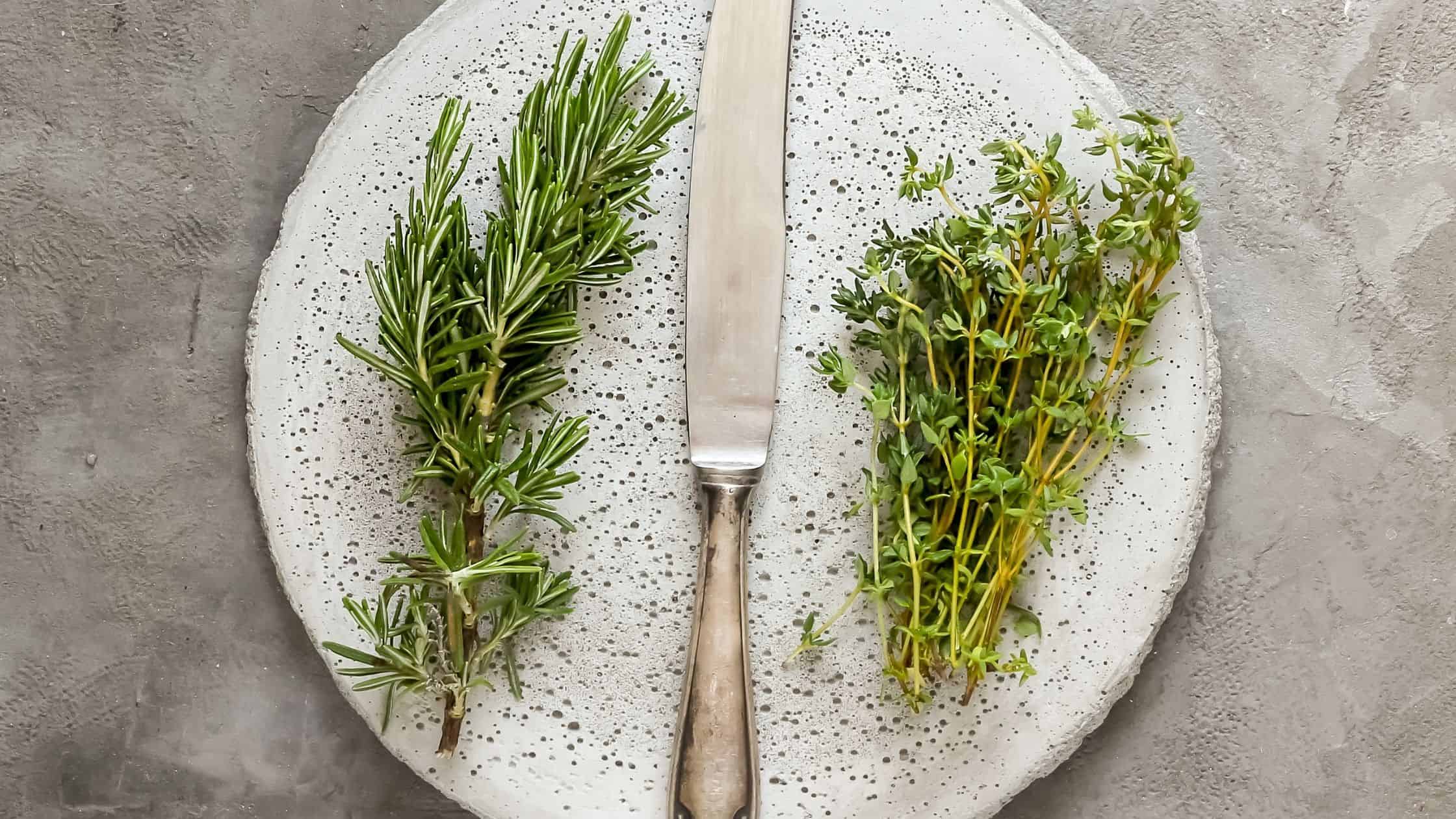
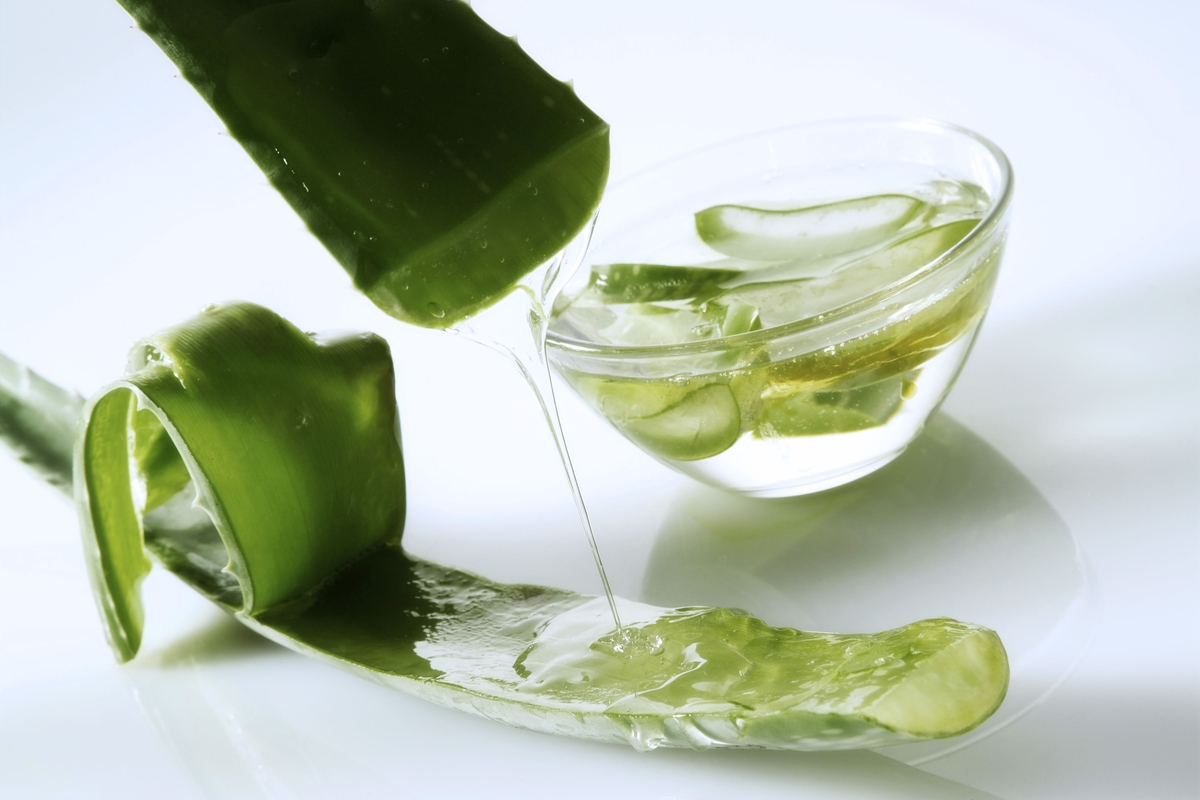
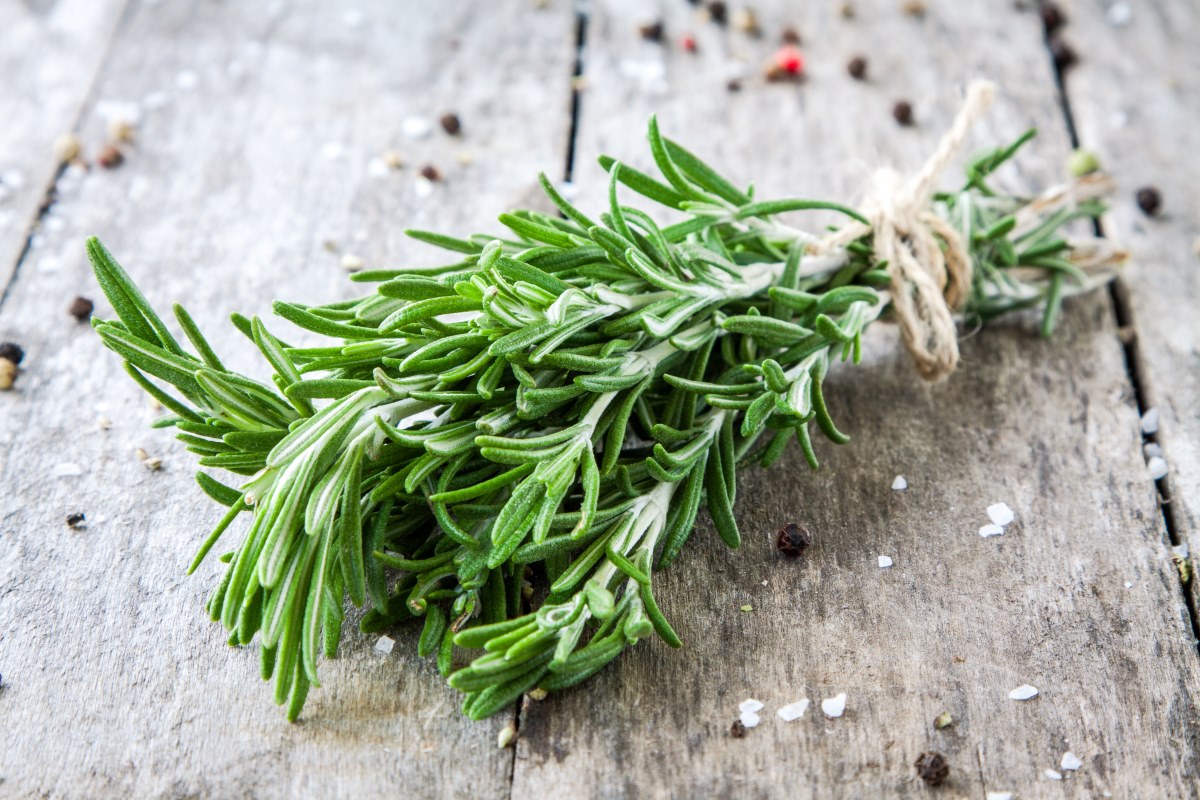

0 thoughts on “How To Store Fresh Garden Carrots”